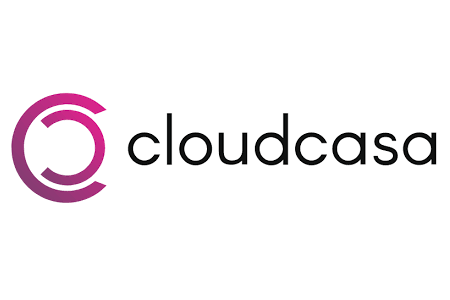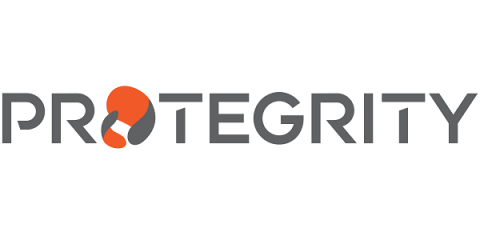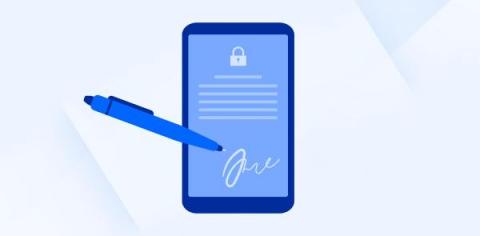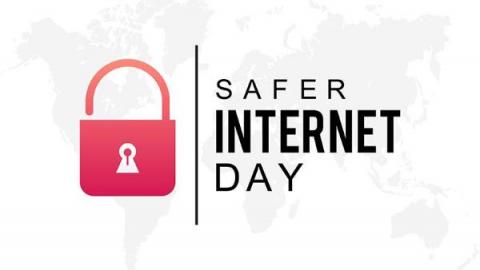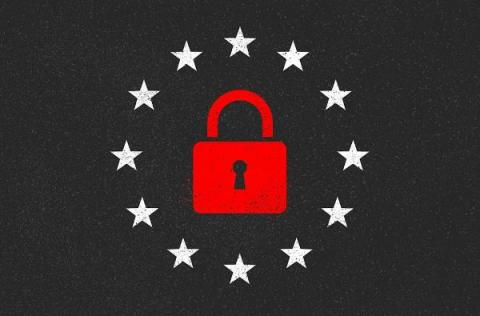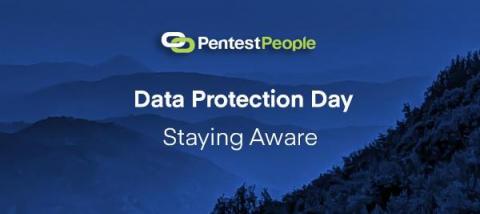Security | Threat Detection | Cyberattacks | DevSecOps | Compliance
Data Protection
The Explainer: Dynamic Data Masking And Monitoring
As the name implies, dynamic data masking actually masks data. Just as protective masks have obscured people’s smiles (and frowns) during the pandemic, this data-protection method covers sensitive data. People who shouldn’t see the data won’t see it.
The Explainer: Five Things To Know About Data Tokenization
Tokenization hides data. Sometimes data must be hidden in order to satisfy compliance requirements and customers’ expectations for data privacy. A form of data protection, tokenization conceals sensitive data elements so should an organization’s data be breached, the visible tokenized data—essentially a replacement for the valuable data—means nothing.A hacker will only see characters that are meaningless.
They're Not Just Long Words: Anonymization And Pseudonymization Protect Data-driven Business
Spelling, let alone pronouncing, “anonymization” and “pseudonymization” is just the beginning. Vocabulary, however, will be the least of the challenges for organizations that ignore the business value created through the use of these data protection methods. Anonymization and pseudonymization are two ways to de-identify sensitive data, and each has a distinct purpose in the tightrope balance between fully using and fully protecting data and data privacy.
Internxt Successfully Passes Independent Security Audit
Cloud-Native Data Protection with Trilio for Red Hat OpenShift
Safer Internet Day 2023: Protecting Your Personal Data
February 7th is the 20th Safer Internet Day, a day to focus on addressing ways to reduce the risks created by our now very online world. Painting the internet as an inherently dangerous place full of predators and … would be using too broad a brush. The internet is an amazing technology - an information sharing resource unrivaled in depth, breadth, and reach. Despite all the good, useful, and fun the internet brings, it has one major drawback: on the other end of the computer is a person.
The benefits of outsourced Data Protection Officer as a Service
As the world becomes increasingly digital and cloud based, the importance of data protection and privacy has become paramount for all organizations. One key aspect of ensuring compliance with data protection laws and regulations is the appointment of a Data Protection Officer (DPO). However, appointing a DPO internally can present several challenges, including conflicts of interest and a lack of specialized skills. That is where Data Protection Officer as a Service (DPOaaS) comes in.
Data Protection Day 2023: Misaligned Policy Priorities Complicate Data Protection Compliance
January 28 is recognized as Data Protection Day in Europe, the United States and dozens of other countries including Canada and Israel. It provides a moment to reflect on where data protection regulations stand today and where they are going. At present, seemingly incongruent trends in cybersecurity policy threaten to confuse data protection efforts.
Data Protection Day - Staying Aware
In light of Data Protection Day on January 28th, it’s important to be extra aware of how we protect our personal data. Whether we’re using social media, shopping online, or even just browsing the internet, we’re constantly sharing information about ourselves. While some of this data is innocuous, other pieces can be quite sensitive – like our addresses, credit card numbers, and health information. So what can we do to keep our data safe?


